How to Protect Car Tires from Sun Damage?

When it comes to taking care of your car, you probably put a lot of emphasis on oil changes and regular maintenance checks. But have you ever considered how the sun is silently conspiring against your tires’ lifespan?
Excessive exposure to UV rays and heat can cause some serious damage to your tires and can shave years off their lives.
The Effects of UV Rays and Heat on Tires
Rubber is a type of material that is known for being very strong and durable. It can withstand a lot of wear and tear without breaking easily. However, it has a weakness when it comes to UV radiation.
When rubber is exposed to UV radiation, the UV rays penetrate the rubber on a molecular level and break apart the chains of molecules that make up the rubber. This makes it harder for the rubber to hold its strong structure.
In other words, UV radiation can interfere with the process that makes rubber strong, making it less durable and prone to damage.
The UV damage can result in some harmful consequences including:
In addition to these issues, there are several other common cosmetic and structural effects that can arise from UV exposure on tires such as disintegration, loss of strength, color fading or producing a chalky surface.
How to Protect Car Tires from Sun Damage?
It’d be great if tires could put on sunscreen or wear hats like humans do to protect themselves from the sun, but alas – they cannot. Instead, it’s up to us car owners to take preventative measures so we don’t end up in a sticky situation with our wheels.
1. Park in Shaded Areas
To avoid baking your tires into sun, it’s important to park in shaded areas whenever possible. This could mean going out of your way to find the shady spot in a parking lot or even keeping an eye out for trees lining residential streets.
2. Apply Tire Protectant Sprays
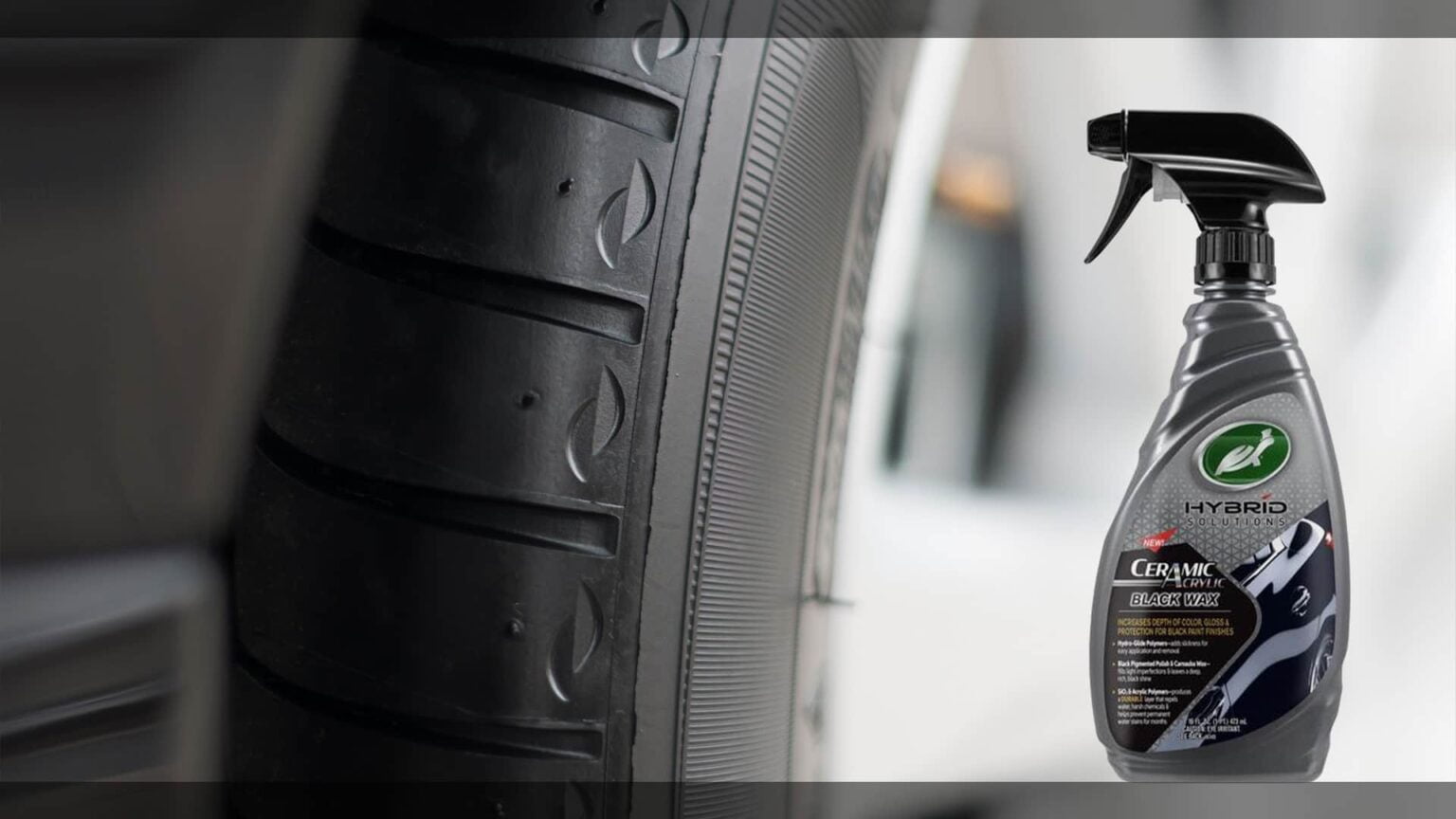
If you’re looking for a way to protect your car tires from sun damage, one of the easiest and most effective solutions is to apply tire protectant sprays and treatments. These products can help shield your tires from the heat, UV rays, and ozone that can damage them over time.
Think of it as a coat of armor for your wheels – with each layer added, they become more resistant to the elements.
Now, some people might be hesitant to use tire protectants because they think they’ll make their tires too slick or slippery on the road – we get where that concern is coming from. But rest assured, modern formulas have come a long way since those old-school treatments that left behind a greasy residue. The newest products on the market are designed to absorb quickly into the rubber with no oily finish in sight.
3. Regularly Wax the Car Exterior
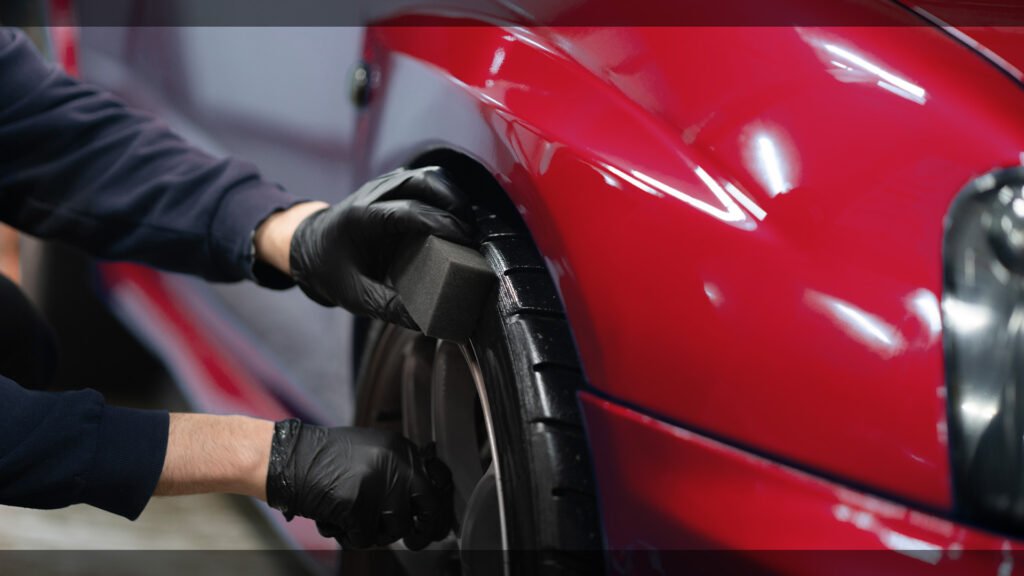
Regularly waxing your car’s exterior is an effective way to protect the tires from the sun’s damaging effects.
How does that work? Well, same as with the tire protectant sprays, the application of a high-quality car wax creates an outer layer on your vehicle’s paintwork that helps deflect UV rays and heat. These harmful elements can dissipate or partially penetrate the coat of wax, reducing their exposure to underlying surfaces such as your tires.
And much like how sunscreen needs reapplication every few hours – these protections require ongoing maintenance as well. So don’t forget to regularly apply or replenish those protective layers; otherwise you may find yourself with unprotected skin (uhm…tires)!
4. Cover the tires when parking for an extended period of time
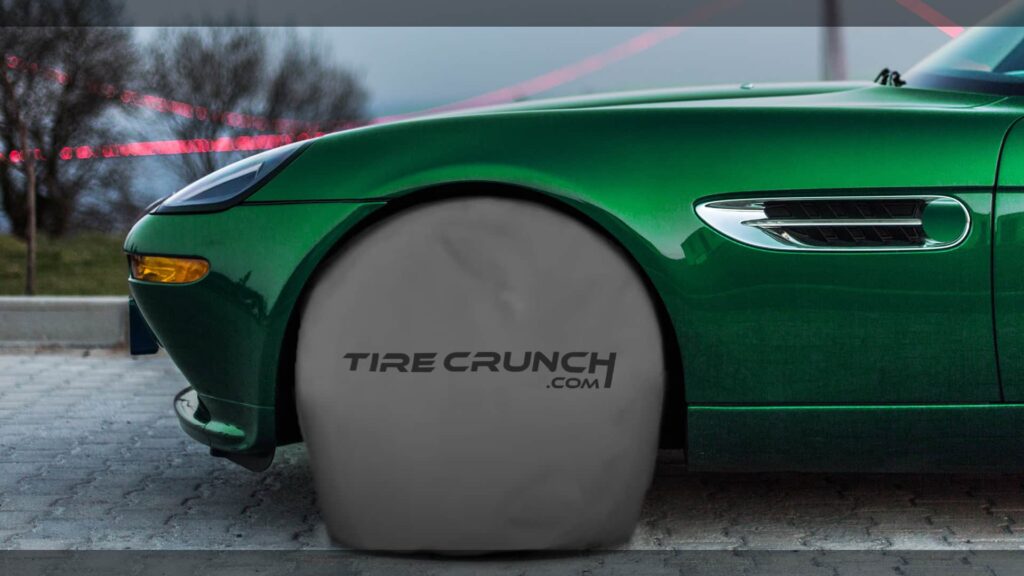
When it comes to protecting your car tires from the harsh sun, one of the simplest and most effective solutions is to cover them with tire covers (or the whole car with a car cover).
Tire covers can shield your tires from the damaging effect of UV rays and heat and work like a charm when parking your car for an extended period of time, such as when you’re going on vacation or leaving town for business.
Of course, some may find tire covers to be an inconvenience. But in reality, they are just as easy to use as slipping on a pair of socks. Plus, many models come equipped with elastic bands or fasteners that ensure a snug fit and prevent slippage – adding yet another layer of reassurance.
5. Keep The Tires Clean
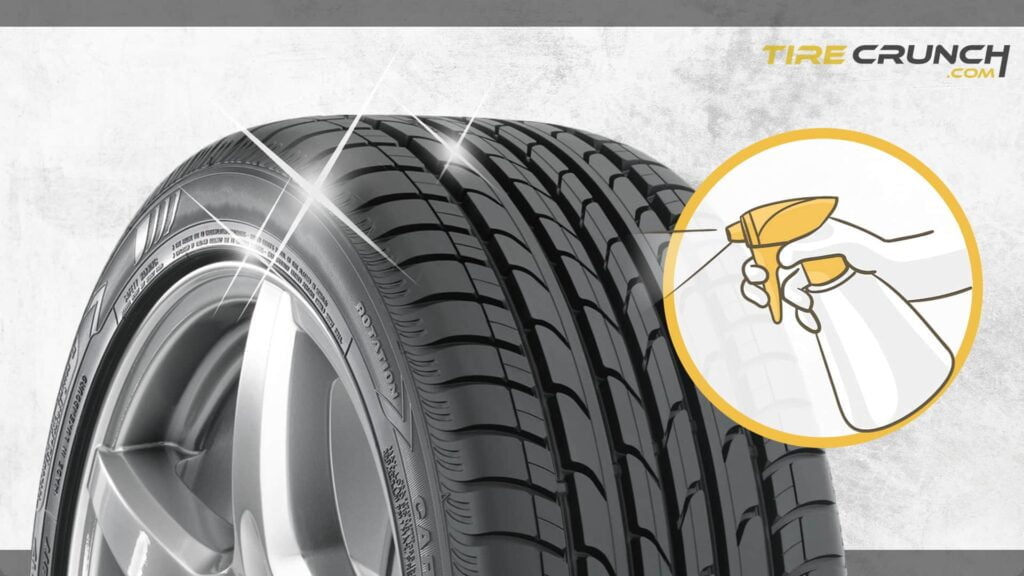
Keeping your car tires clean and dry may seem like common sense, but it’s a critical step in protecting them from sun damage. Dirt, grime, and other debris can accumulate in the tire grooves and sidewall and can compound the effects of UV rays.
6. Regularly Check Tire Pressure
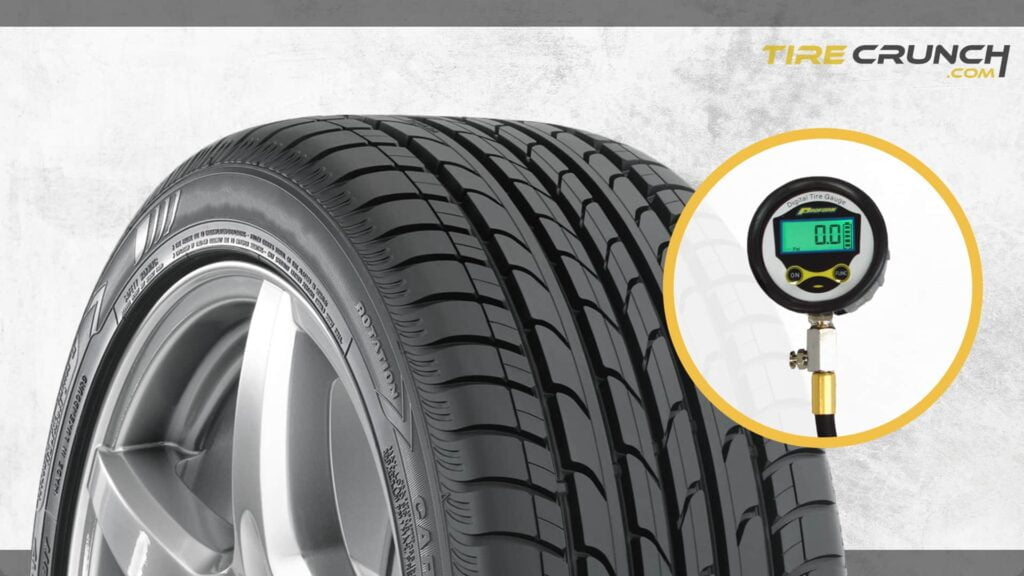
Regularly checking your car’s tire pressure is not only critical for road safety but also for protecting them from sun damage.
Underinflated tires can cause the sidewalls to flex more than necessary, leading to added heat generation and an increased risk of cracking or blistering. On the other hand, overinflated tires lead to accelerated tread wear, which reduces their lifespan even quicker.
Signs of Sun Damage on Car Tires
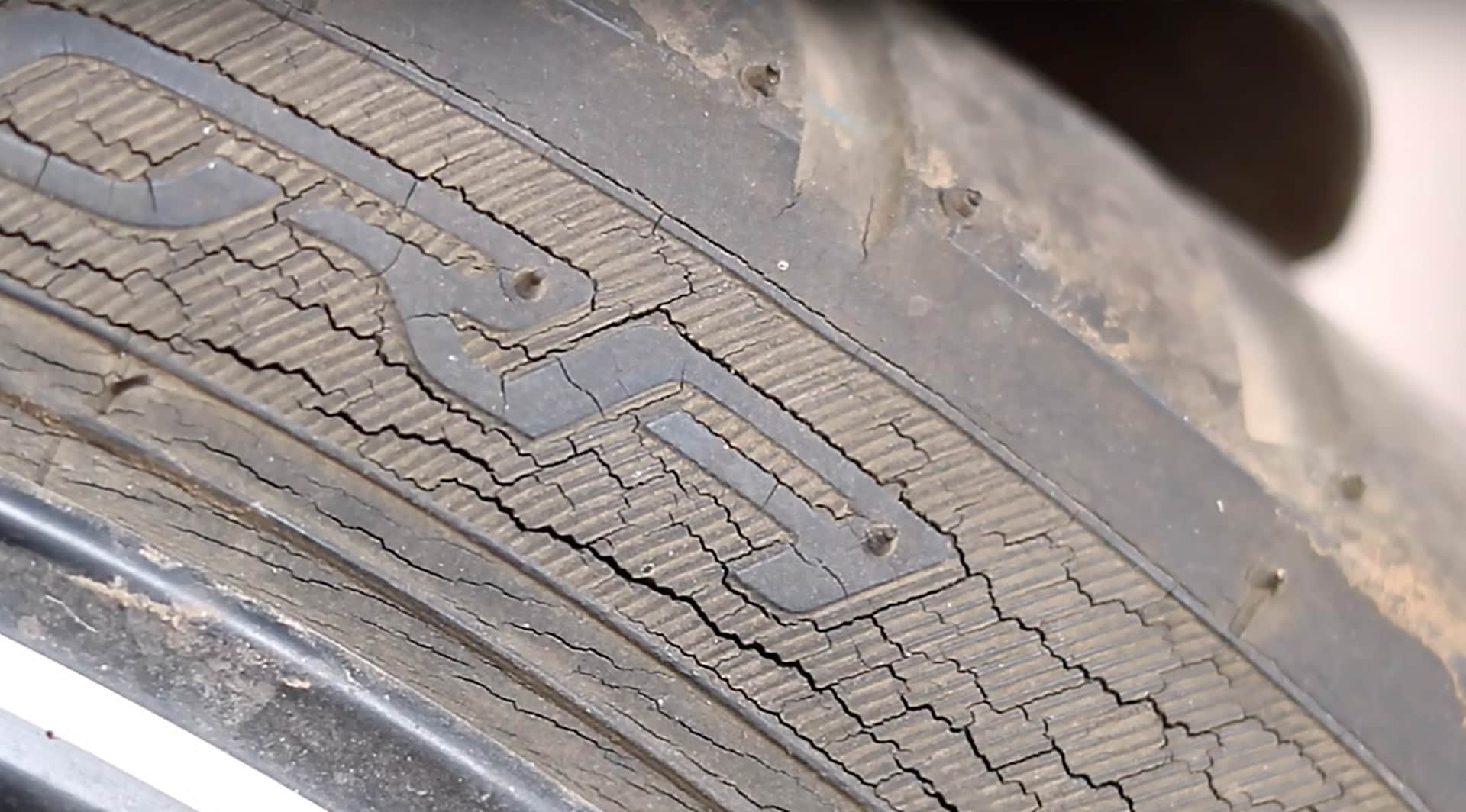
Sun damage can have a severe impact on car tires, leading to several issues like:
